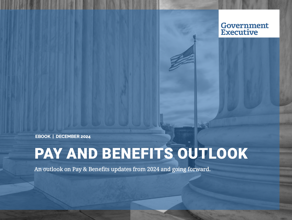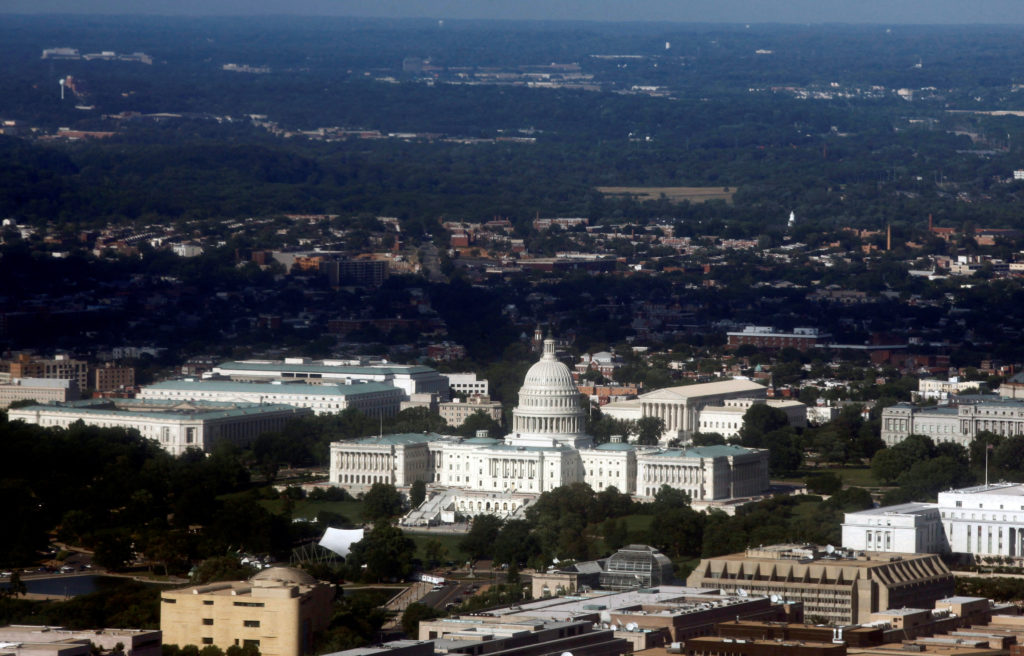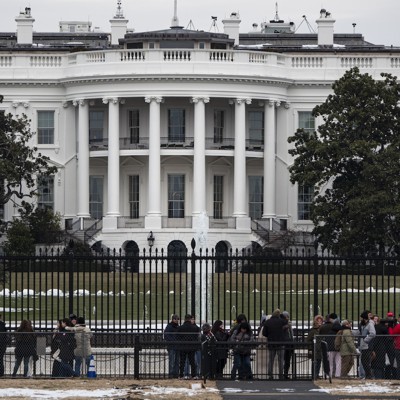## Did Trump’s Executive Order Wipe Out Diversity? The Truth Behind the DEI Layoffs Remember “Diversity, Equity, Inclusion” – those buzzwords that became a lightning rod in the political arena? Now, whispers are swirling about federal agencies shedding DEI employees following Trump’s executive order. Were these layoffs a necessary streamlining or a blow to progress on equality? Dive with us into the tangled web of politics, policy, and personnel as we uncover the real story behind the DEI layoffs and what it means for the future of diversity in government.
Trump’s Executive Order: Targeting DEI in the Federal Government

President Donald Trump’s administration has taken a decisive step in dismantling diversity, equity, and inclusion (DEI) initiatives within the federal government. Following an executive order signed on his first day in office, the Office of Personnel Management (OPM) issued a directive mandating the immediate placement of all employees in DEI offices on paid administrative leave. This sweeping action, while framed as a restoration of “merit-based” hiring, has ignited a fierce debate about the future of DEI efforts in the public sector and beyond.
The Scope of the Executive Order
DEI Staff on Paid Leave

The executive order mandates the immediate placement of all employees in diversity, equity, inclusion, and accessibility (DEIA) offices on paid administrative leave. This affects a significant number of federal workers, raising concerns about their job security and the potential for layoffs. The OPM directive instructs agencies to identify all employees within DEI offices and place them on leave by 5 p.m. Wednesday.

Defunding and Disbanding DEI Offices
The order goes further by instructing agencies to cease all DEIA activities, dissolve related offices, and remove any public references to them. This drastic action effectively dismantles the structures dedicated to promoting diversity and inclusion within the federal government. Agencies are tasked with taking down all public-facing webpages related to DEI initiatives by Wednesday, effectively erasing their presence.
Cancellation of DEI Training
Existing and planned DEI training programs are to be canceled, cutting off a crucial avenue for educating federal employees on issues of diversity, equity, and inclusion. This move raises concerns about the potential for a decline in awareness and understanding of these critical issues within the federal workforce.
The Trump Administration’s Justification
The Trump administration has defended its actions by arguing that DEI programs undermine a merit-based civil service and contribute to division and discrimination within society. They contend that these programs prioritize factors other than qualifications and performance, leading to an unfair advantage for certain groups.
Merit-Based Hiring
Administration officials argue that DEI programs detract from a merit-based civil service, suggesting that they prioritize factors such as race, gender, or sexual orientation over qualifications and experience. They claim that this undermines the principle of equal opportunity and leads to a less competent workforce.
Division and Discrimination
Trump and his supporters maintain that DEI initiatives divide Americans by race and lead to discrimination against certain groups. They argue that these programs are based on a flawed understanding of equality and fairness, promoting a sense of grievance and resentment rather than genuine inclusion.
Waste of Taxpayer Dollars
The administration contends that DEI programs are wasteful and ineffective, allocating resources to initiatives that do not deliver tangible results. They argue that these programs often involve expensive training sessions and consultants, with little to show for the investment.
Legal and Practical Challenges
The Trump administration’s executive order faces several legal and practical challenges, raising questions about its enforceability and potential consequences.
Congressional Funding
A significant hurdle is that some DEI offices are specifically funded by Congress. This raises questions about the legality of the administration’s actions, as it seeks to unilaterally dismantle programs that Congress has specifically authorized.
Merit Systems Protection Board (MSPB)
Federal employees facing layoffs have the right to appeal through the Merit Systems Protection Board (MSPB). An influx of appeals could overwhelm the board and potentially lead to lengthy legal battles, delaying or even halting the administration’s efforts.
Implementation and Oversight
The order’s execution will depend on the willingness of federal agencies to comply and the level of oversight by the Trump administration. There is a risk of inconsistent implementation and potential legal challenges as agencies grapple with the complexities of the order.
Implications for the Federal Workforce and Beyond
The executive order’s implications extend far beyond the federal workforce, potentially sending ripples through the private sector and the broader society.
Erosion of DEI Efforts
The order could significantly weaken diversity and inclusion efforts within the federal government, potentially setting a precedent for similar actions in other sectors. This could lead to a decline in the representation of marginalized groups in positions of power and influence.
Impact on Recruitment and Retention
The move may discourage qualified individuals from seeking employment in the federal government, particularly those from underrepresented groups. This could create a more homogeneous and less diverse workforce, hindering the government’s ability to effectively serve the needs of all Americans.
Public Perception and Trust
The Trump administration’s actions could further polarize public opinion and erode trust in the federal government, particularly among communities who have historically faced discrimination. This could have far-reaching consequences for social cohesion and political stability.
Conclusion
So, were federal DEI employees laid off? The answer, as with many things in politics, is complicated. Trump’s executive order, aimed at curbing what he saw as “woke” initiatives within the federal government, certainly sparked a wave of uncertainty and anxiety. We explored the order’s potential impact, examining its scope, the concerns raised by advocates, and the administration’s justifications. Ultimately, the lines remain blurry. While some positions may have been eliminated, the full extent of the order’s consequences on DEI efforts within federal agencies remains to be seen.
This isn’t just about job numbers, though. The debate surrounding Trump’s executive order and its impact on DEI reflects a larger societal conversation about the role of diversity, equity, and inclusion in public institutions. It raises fundamental questions about the balance between individual rights and collective responsibility, and the government’s role in promoting social justice. As the dust settles, we’ll need to carefully assess the order’s long-term effects on federal policies and programs aimed at fostering a more equitable and inclusive society.
The fight for diversity and representation, for a government that truly reflects the people it serves, is far from over. Trump’s executive order may have dealt a blow, but the momentum for progress can’t be easily halted. The path forward will require continued vigilance, open dialogue, and a unwavering commitment to building a more just and inclusive future for all.




Add Comment